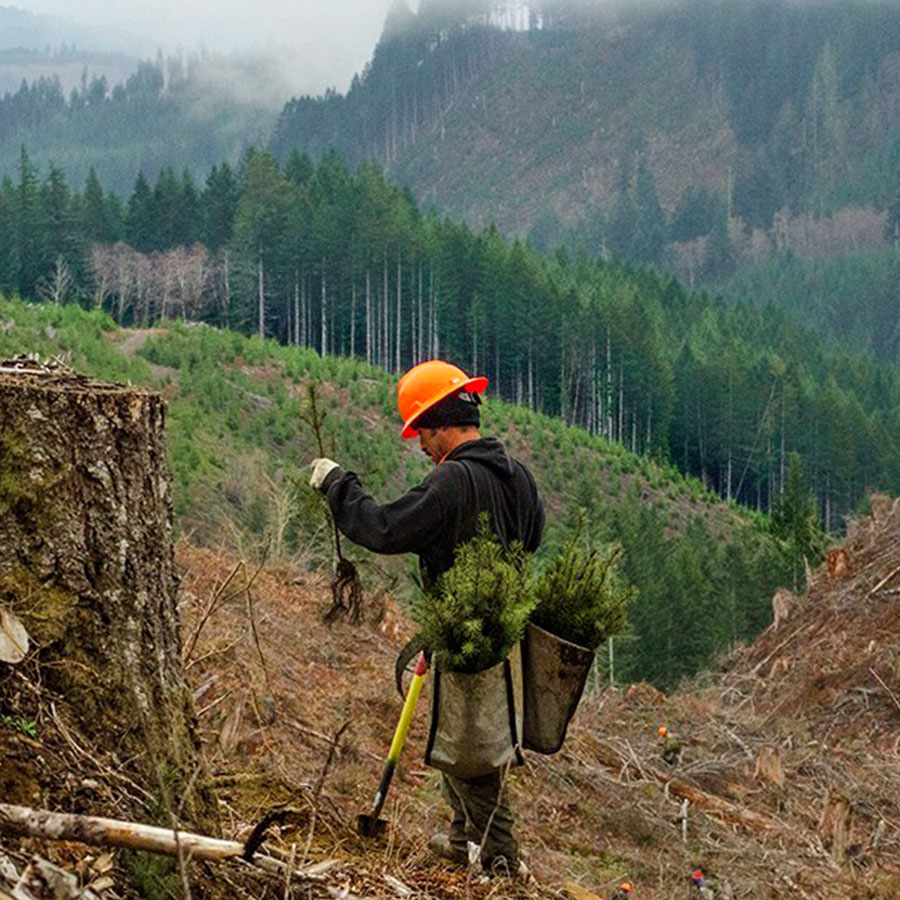Forest Department 2025: A Vision for Sustainable Forest Management
Related Articles: Forest Department 2025: A Vision for Sustainable Forest Management
- Business Ideas For Women In 2025: Empowering Female Entrepreneurship
- Cheap Wedding Ideas NJ 2025: A Budget-Friendly Guide To Your Dream Day
- Fashion Research Topic Ideas For 2025
- Corner Walk-In Closet Ideas 2025: Optimizing Space And Style
- Best Passive Income Ideas Reddit 2025: A Comprehensive Guide To Financial Freedom
Introduction
In this auspicious occasion, we are delighted to delve into the intriguing topic related to Forest Department 2025: A Vision for Sustainable Forest Management. Let’s weave interesting information and offer fresh perspectives to the readers.
Table of Content
Video about Forest Department 2025: A Vision for Sustainable Forest Management
Forest Department 2025: A Vision for Sustainable Forest Management

Introduction
Forests play a vital role in the Earth’s ecosystem, providing essential goods and services such as clean air, water, and biodiversity. However, deforestation and forest degradation continue to pose significant threats to these invaluable resources. In response to these challenges, the Forest Department aims to develop a comprehensive strategy to ensure the sustainable management of forests by 2025.
Vision Statement
The Forest Department’s vision for 2025 is to create a resilient and sustainable forest ecosystem that meets the needs of present and future generations. This will be achieved through the implementation of innovative forest management practices, the promotion of sustainable forest-based industries, and the engagement of local communities in forest conservation.
Key Objectives
To achieve this vision, the Forest Department has identified several key objectives:
- Increase forest cover: Expand forest areas through afforestation and reforestation programs, aiming for a 30% increase in forest cover by 2025.
- Enhance forest health: Implement sustainable forest management practices to improve forest health and resilience, including selective logging, thinning, and controlled burning.
- Promote sustainable forest-based industries: Support the development of forest-based industries that use sustainable harvesting practices and minimize environmental impact.
- Engage local communities: Involve local communities in forest management and conservation efforts, ensuring their participation in decision-making processes.
- Strengthen forest governance: Enhance forest governance frameworks to ensure transparency, accountability, and equitable benefit-sharing.
Strategies and Initiatives
To achieve these objectives, the Forest Department will implement a range of strategies and initiatives, including:
1. Afforestation and Reforestation:
- Establish new forest areas through afforestation programs, prioritizing native tree species.
- Implement reforestation programs to restore degraded forest ecosystems.
- Utilize advanced technologies, such as drones and remote sensing, to identify suitable planting sites.
2. Sustainable Forest Management:
- Implement selective logging practices to minimize environmental impact and promote forest regeneration.
- Conduct thinning operations to improve forest health and reduce fire risk.
- Implement controlled burning to manage understory vegetation and reduce fuel loads.
3. Promotion of Sustainable Forest-Based Industries:
- Support the development of forest-based industries that use sustainable harvesting practices.
- Promote the use of certified wood products to ensure that they come from sustainably managed forests.
- Encourage the development of non-timber forest products, such as medicinal plants and ecotourism.
4. Engagement of Local Communities:
- Involve local communities in forest management and conservation efforts.
- Establish community-based forest management programs to empower local communities and ensure their participation in decision-making processes.
- Provide training and capacity building to local communities on sustainable forest practices.
5. Strengthening Forest Governance:
- Enhance forest governance frameworks through participatory approaches and transparent decision-making.
- Establish clear and enforceable regulations to prevent illegal logging and forest degradation.
- Promote accountability and transparency in forest management practices.
Expected Outcomes
The implementation of the Forest Department’s vision for 2025 is expected to result in several positive outcomes, including:
- Increased forest cover and enhanced forest health, leading to improved air and water quality.
- Reduced greenhouse gas emissions and increased carbon sequestration, contributing to climate change mitigation.
- Sustainable forest-based industries that provide economic opportunities while minimizing environmental impact.
- Empowered local communities that are actively involved in forest management and conservation.
- Enhanced forest governance frameworks that ensure transparency, accountability, and equitable benefit-sharing.
Conclusion
The Forest Department’s vision for 2025 is an ambitious but achievable goal. By implementing innovative forest management practices, promoting sustainable forest-based industries, and engaging local communities, the department aims to create a resilient and sustainable forest ecosystem that meets the needs of present and future generations. The department’s commitment to sustainable forest management is essential for preserving the Earth’s biodiversity, mitigating climate change, and ensuring the well-being of human societies.
![[IMGSRCTITLE2]](https://www.iberdrola.com/documents/20125/1524170/GestionForestal_eng.jpg/014133d3-cc58-8514-8534-8eab82619210?t=1641982349007)
![[IMGSRCTITLE3]](https://theaseanpost.com/sites/default/files/inline-images/18022021-SUSTAINABLE-FOREST-MANAGEMENT.jpg)
![[IMGSRCTITLE4]](https://static.eos.com/wp-content/uploads/2021/11/sustainable-forestry-fb.jpg)
![[IMGTITLE5]](https://forestrybloq.com/wp-content/uploads/2022/08/Sustainable-Forest-Management-1-1024x576.jpg)
![[IMGTITLE6]](https://twosides.info/wp-content/uploads/2022/07/Sustainable-Forest-Management-Certification-Schemes.jpg)
![[IMGTITLE7]](https://stmuscholars.org/wp-content/uploads/2021/10/sustainible-forestry-cycle.png)
![[IMGTITLE8]](https://imgv2-2-f.scribdassets.com/img/document/294800599/original/6363f9f66a/1618481922?v=1)
![[IMGTITLE9]](https://www.decibeldesigns.com/product_images/uploaded_images/sunstainable-forest-management.png)
Closure
Thus, we hope this article has provided valuable insights into Forest Department 2025: A Vision for Sustainable Forest Management. We thank you for taking the time to read this article. See you in our next article!